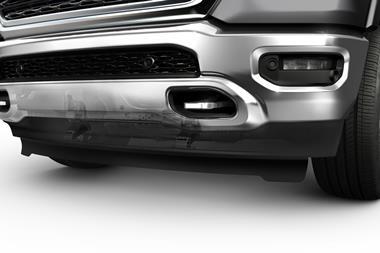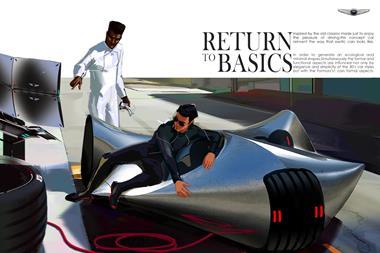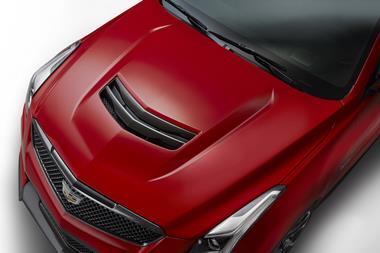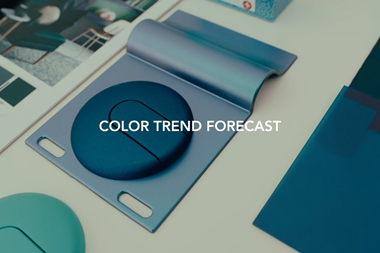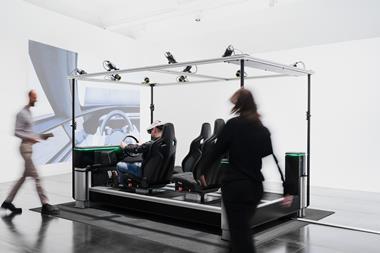Car Design News spoke to Magna Exteriors experts Larry Erickson, Global Director of Industrial Design, and Dr. Joseph Laux, Global Director of Material Science – Exteriors, about the coming generation of tougher and more versatile automotive materials
CDN: What are the major trends in automotive materials from your perspective at Magna Exteriors?
Joseph Laux: Our OEM customers want better performance at lower cost, and that means increasing the properties of materials. Our material science expertise enables us to offer an advantage to our customers in finding, even creating, new materials to help them meet their goals.
Magna’s material science group is composed of experts in resins, thermoplastics, composites, adhesives and coatings, including paint. Plastics like polypropylene are major commodities, but if we can lower the gauge to make parts thinner and reduce density to make them lighter, without compromising performance, we’re better off.
We also look at how easy it is to process, paint and reuse materials. Our larger customers are asking us to figure out how to reuse waste parts or rejected parts, for example.
Another trend is demand for specialty grades for vertical body panels. This is often driven by design, because fenders and rear quarter panels are getting more and more complex. We also supply special model runs and special vehicles, due to the lower investment cost versus metal stamping.
Larry Erickson: There are significant design enablers in composite materials. You have much more flexibility with depth of draw, tightness of radius, incorporation of detail and definition of form compared to metal. Another driving force is sensor integration, which is going to become more critical as sensor positioning under exterior surfaces expands. You can’t send many signals through a solid piece of metal, but you can through a composite panel.
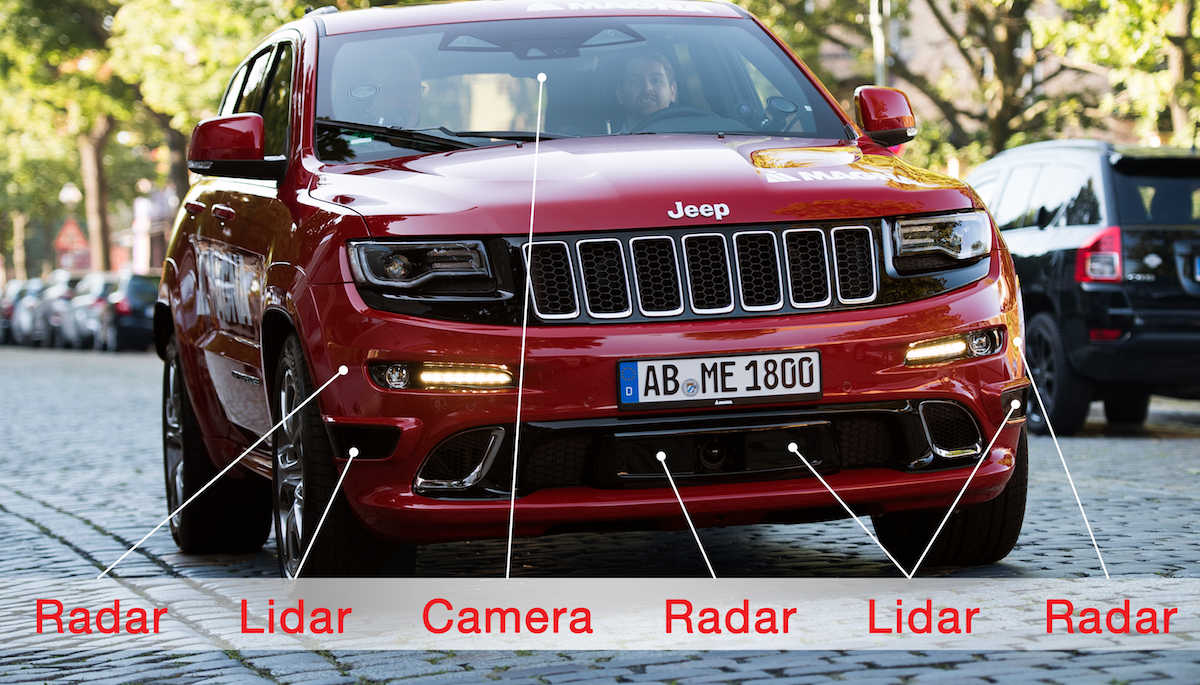
Looking at possible autonomous vehicle scenarios with high vehicle utilization and the need for easy repair, features that involve removable and easily serviceable parts will have significant value for vehicle owners on important cost-per-mile metrics. Exterior panels that have kinematics, such as active aerodynamic surfaces, can also benefit from composite panels where attachments and fastener integration can be integral to the panel.
CDN: A decade ago most cars featured protective side strips, which are no longer fashionable. How can designers improve real-world protection for body panels without compromising aesthetics?
Laux: We’re working on two things in this area. There are new coatings that have self-healing properties, in the clear-coat layer. They’re already available for interiors, helping to prevent smaller nicks. And obviously if we can make body panels and door outers from plastics we’re going to have a lot higher resistance to denting. So we see more of this coming in new cars.
Erickson: I think there’s going to be a new era of these things. When you start to consider autonomous and shared vehicles that are owned as a business but used more as today’s rental cars are, there’s value in ensuring vehicles stay looking presentable and can remain so with minimal effort.
At Ford I worked on programs where the rental agencies would purchase literally hundreds if not thousands of cars at one time. Companies buying and utilizing large fleets of cars as a business know the cost per mile way past the decimal point. They can tell you what the tire diameter will do to the cost of operation. The same will be true for fleets of shared and autonomous vehicles in the future. As the autonomous vehicle fleet business develops, issues of vehicle utilization, total vehicle life, maintenance and end of life may require new materials and new ways of defining cost.
CDN: Magna Exteriors recently collaborated with specialist suppliers Applied Graphene Materials and SHD Composites to produce a lightweight tailgate for a supercar, the Fenyr SuperSport from W Motors. What was the outcome of that work?
Laux: We do focus some of our expertise on “blue-sky” work, including graphene. Graphene is a single layer carbon nano-material discovered in 2004, earning a Nobel Prize in 2010, and it’s the subject of a lot of hype.
We had an opportunity to work with graphene on a supercar produced using an autoclave process, typical for supercars and Formula 1 cars. One supplier provided graphene, the other put it into a prepreg resin. We did it as a drop-in, using the existing process and molds. Lo and behold it worked out very well.

Magna worked with W Motors to produce graphene-enhanced tailgate panels based on its new Fenyr Supersport
The graphene enhanced material processed better than the usual carbon fiber composite, painted better, looked better, and the mechanical properties were much better. W Motors is now looking at making an entire graphene version of its car to reduce the weight, because the graphene allows thinner panels.
The next question is, what can we integrate into the part that takes more advantage of graphene? It promises more than just mechanical improvement, better paint transfer and a better surface. We can probably integrate electrical functions due to the conductivity of graphene – after all, there are people making supercapacitor batteries with this material.
So without hyping it too much, there’s other functionality we need to look at in the second generation. If we can make a supercapacitor out of a panel, that would be huge breakthrough. It’s going to take a long time to commercialize, but these are the kinds of challenges we love to tackle.
CDN: What role do you think 3D printing might have in the automotive sector?
Erickson: I think printing will make progress. In mass production with short cycle times printed materials are generally difficult to finish in a paint process, but there are a lot of things that don’t necessarily need a finish coat or are not a class-A surface.
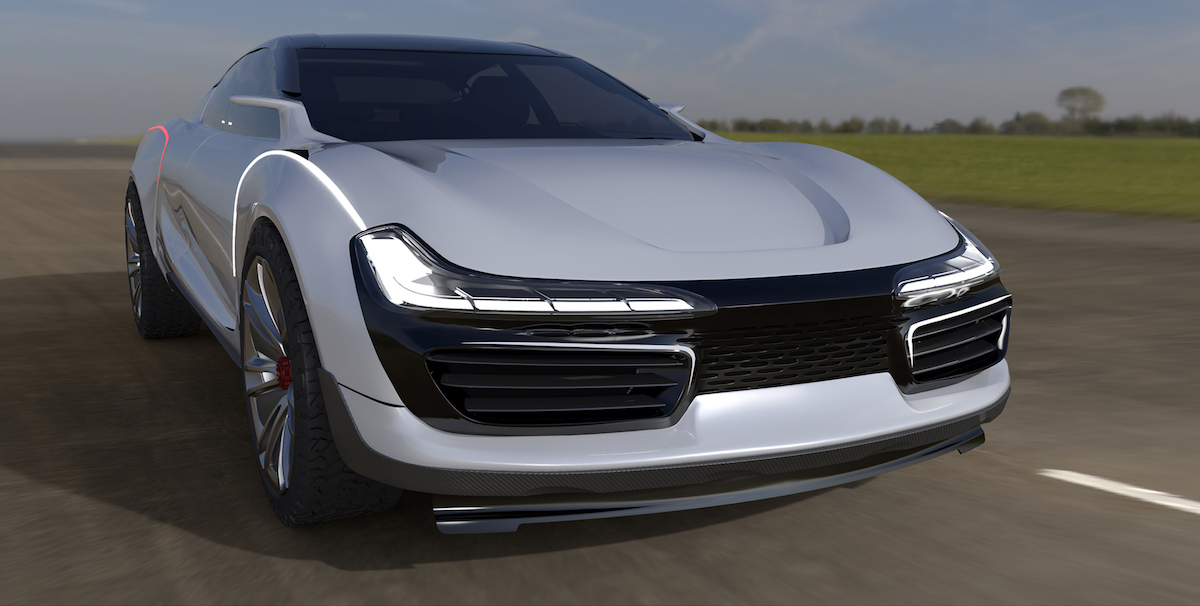
Erickson sees great potential for 3D printing in automotive
In high-complexity areas of a vehicle, such as the front end module, with pedestrian and occupant safety considerations, a broad set of functional needs, and increasing sensor content, printing could have unique advantages that with the right cycle time could be an opportunity. As vehicle architecture continues to gain complexity and evolve, 3D printing has unique capabilities that few other production processes can match.
Laux: We’ve done some work on printing body panels and we have a lot of experience using metal 3D printing to make inserts for molds. There’s a lot of interest, a lot of investment, and still a long way to go. It’s important to balance our sense of urgency to leverage 3D printing with the need to find the right processes and components to use it on.
So while it’s still quite embryonic, we continue to monitor it, and we’re also actively involved.










